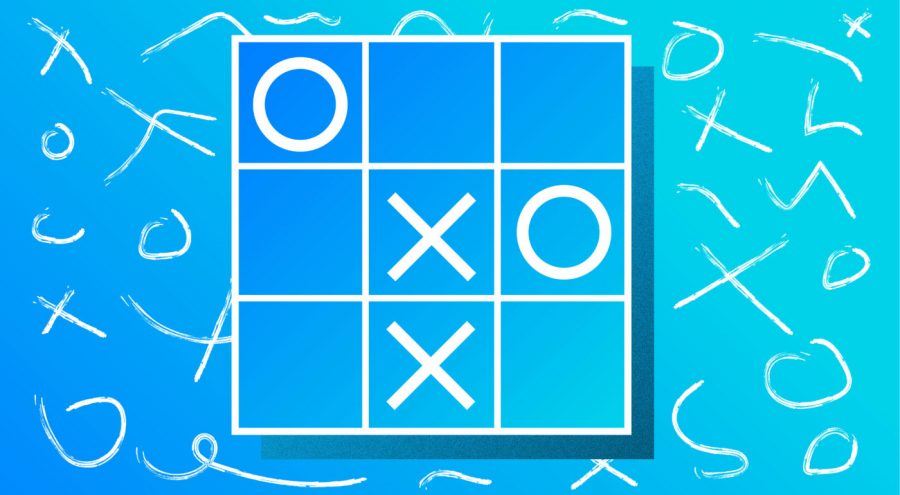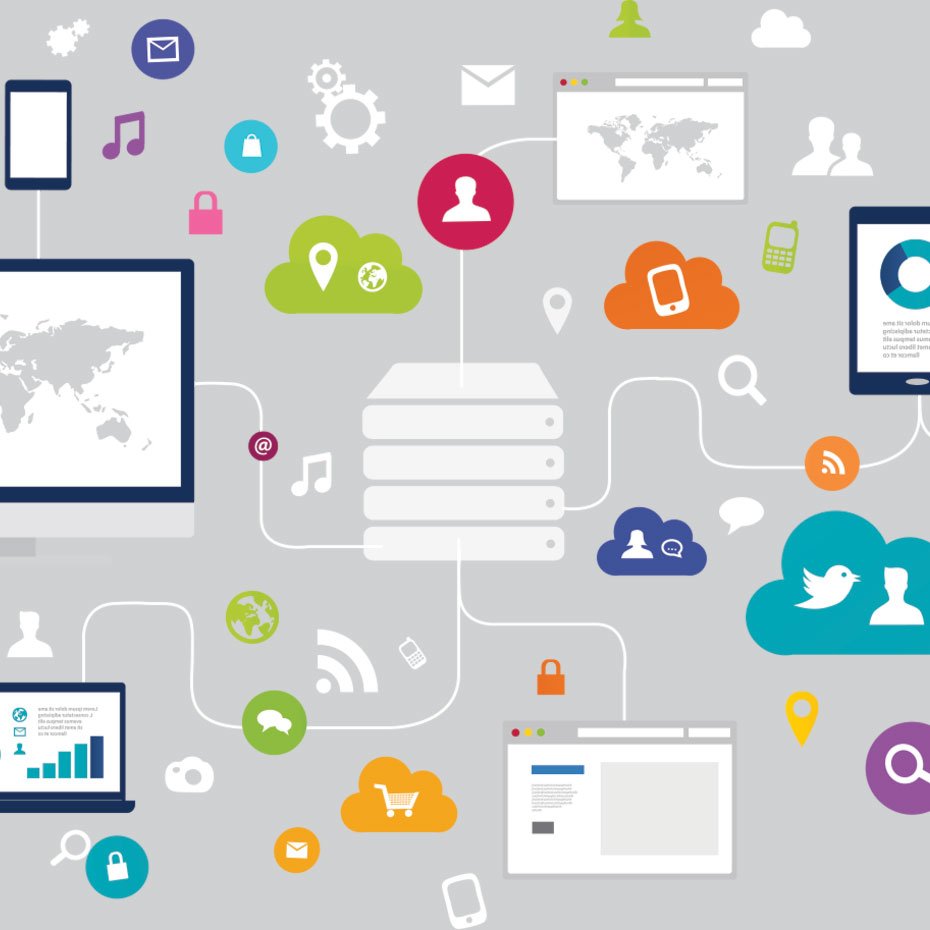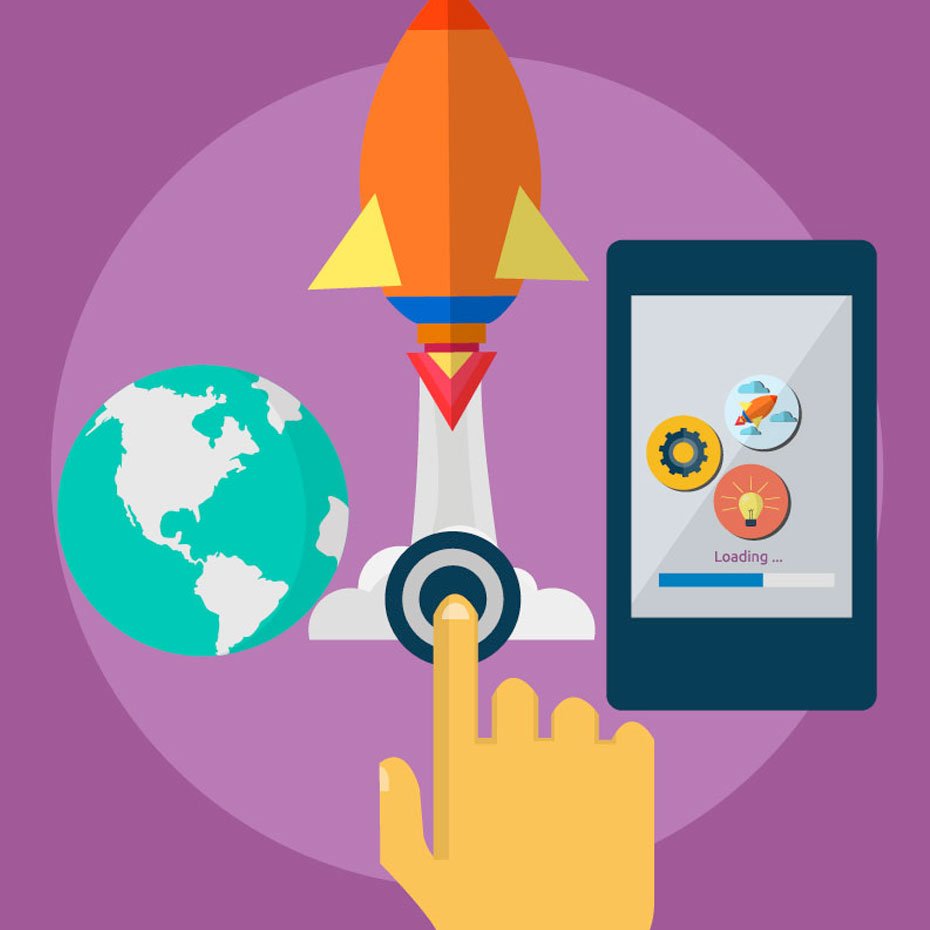Long before the Internet, games were a source of entertainment, comradery, and learning. The rise of technology enabled games to take on video form, and gaming as we know it became popular. Big Tech now gamifies most elements of our online life (gamification). The more you know about the evolution of games and why we are all so connected to them, the more you can see how they’re used to sometimes make online experiences better and sometimes more addictive.
Games
Remember the thrill of playing Tic-Tac-Toe as a kid? It might have been the first strategic, competitive game you ever learned how to play. You took turns with your opponent making X’s and O’s on a 3×3 grid. All you needed was a pen and a paper to get set up. And if you lost a round, you could just play again in hopes you could win. Sometimes, if you and your opponent were really smart and thoughtful, the game would result in a draw. The game taught you sportsmanship, and it was fun.
The Metropolitan Museum of Art in New York City displays a game board from Ancient Egypt that resembles the Tic-Tac-Toe aesthetic we’re familiar with. Human beings have been playing games for millenia. But why? Ludologists, people who study games and the cultures surrounding them, say that our love for games is innate. We love to challenge ourselves, bond with others through play, and yes — we love to win, too.
Gaming
Winning is achievement, and achievement feels good. So it’s not surprising that as technology has advanced, more opportunities to win have been introduced into our daily lives through gaming. Video games have rapidly increased in number and also by platform over the last three decades.
When Sega introduced Sonic the Hedgehog in the early 90s, kids were enamored with the character. They loved the feeling of being in the game as Sonic, and beating their little brothers or sisters, who maybe were forced to play Knuckles (if they were allowed to play at all). Today, immersion in games is next-level, as augmented reality game experiences — like Pokemon GO — enable you to see more, feel more, and ultimately have more control than ever before.
According to the Entertainment Software Association, the U.S. video game industry reached $36 billion in revenue last year. Surprising? Probably not for most. Social psychologist Scott Rigsby details gaming’s allure in his book Glued to Games: How Videogames Draw Us In and Hold Us Spellbound. Rigsby asserts that gaming has become such a big part of our lives and industry due to these natural human desires:
- Competence – a desire to control and feel successful;
- Autonomy — a desire to feel independent and have self-efficacy; and
- Relatedness — a desire to feel like we matter and connect with others.
If gaming fulfills our natural human desires, it’s a good thing, right? Some people think so. Gabe Zichermann goes as far to say that gaming even makes kids smarter in his TED talk. He proposes that gaming is making kids better problem-solvers, and will make them better at everything from driving to multi-tasking as they grow older.
But not everyone agrees with Zichermann. In June 2018, the World Health Organization (WHO) included gaming addiction — Gaming Disorder” — for the first time as a mental health condition in its International Statistical Classification of Diseases and Related Health Problems. This comes on the heels of research about how common gaming is becoming and how, in some cases, it can even be harmful. A 2009 study published in Psychological Science found that about 8.5% of Americans ages 8 to 18 exhibited pathological video game use. Another report in the American Journal of Preventive Medicine found links between gaming and mental and physical health risks in adults.
WHO warns: “people who partake in gaming should be alert to the amount of time they spend on gaming activities, particularly when it is to the exclusion of other daily activities, as well as to any changes in their physical or psychological health and social functioning that could be attributed to their pattern of gaming behaviour.”
Gamification
Gamification: the application of game-design elements and game principles in non-game contexts. Today, gamification’s biggest vehicle is the Internet. When companies successfully gamify the sites you visit, the apps you use, and the operating systems you’re on, you’re likely to be a repeat customer, and those companies can therefore make money.
Take Instagram, for example. Instagram utilizes a gaming element that academics call the Ludic Loop. The Ludic Loop is a fancy way of saying that you’re likely do something over and over again because sometimes you might get a reward (think: slot machines at casinos).
On Instagram, how many times do you refresh your feed, and refresh your feed, and refresh your feed, only to hope for a decent piece of new content? You probably do more refreshing than you even realize. Building technology with ludic loops is building for addictive design. And the big reward isn’t the decent piece of content you might see after a few refreshes. Instead, it’s the money from advertisers that Instagram can get because of the many eyeballs they’ve been able to secure on their app.
Are you being gamed?
Gamification certainly isn’t all good. But it’s not all bad either. It can be a powerful tool to help us achieve the things we want in life. e-Learning Industry suggests that successful online education programs utilize gamification techniques to leverage people’s natural desires for socializing, mastery, and competition, for example. Want to learn another language? There’s a great gamified app for that: DuoLingo. Want to get fit? Try out Orange Theory, which gamifies hour-long classes to get members to compete against themselves and others to reach optimal heart rate zones for calorie burning. Want to meditate? Yep — there’s a gamified opportunity for that too. Insight Timer helps you feel connected to other people who meditating at the same time, giving you a feeling of belonging in the process.
Remember: You’re The Gamer
While you may not be able to escape gamification, knowing what it is can help you leverage it to your advantage, and can also help you take precautions and set limits for yourself when it comes to technology usage. Maybe it’s time to get bored.
——————————————————————————————————————————-
Want More?
If you’re interested in learning more about games, gaming, and gamification, check out Mozilla’s original podcast IRL: Online Life is Real Life. In IRL’s Press Play episode, meet a man who was recruited to the U.S. Army through a video game; get an expert’s perspective on how the gaming elements of tech get us addicted; and importantly, get some practical tips on how you can take back control of your gamified life.







